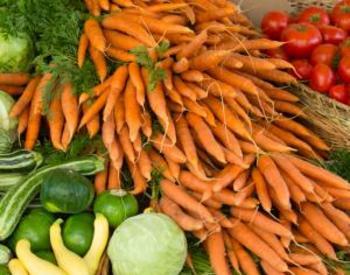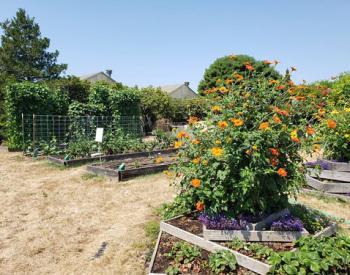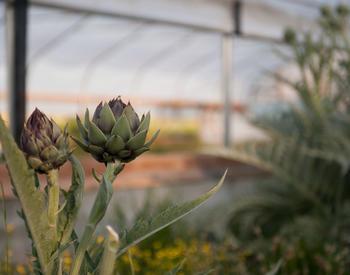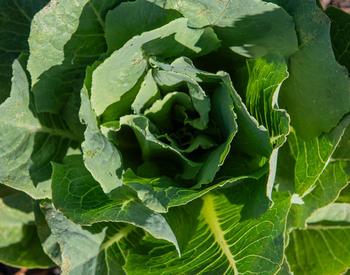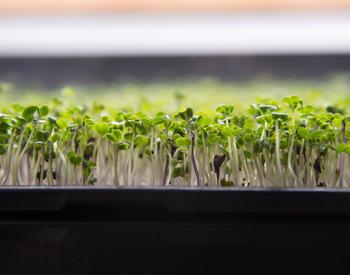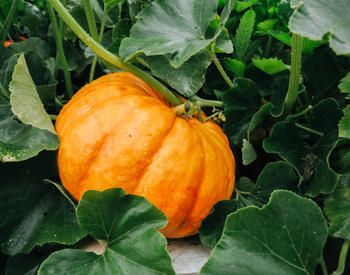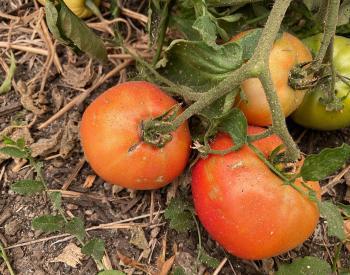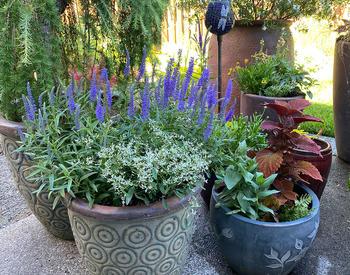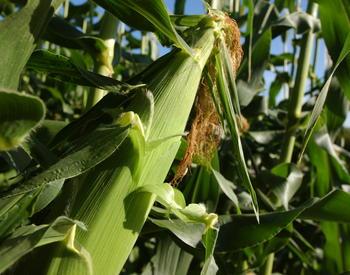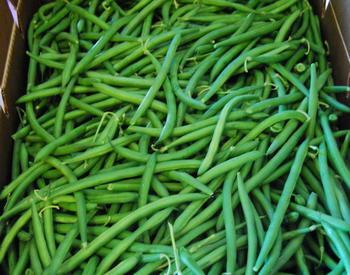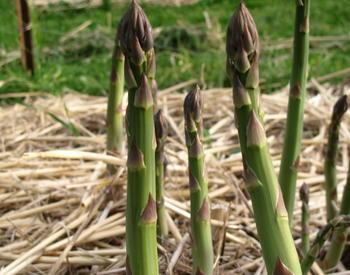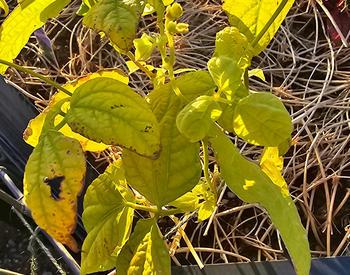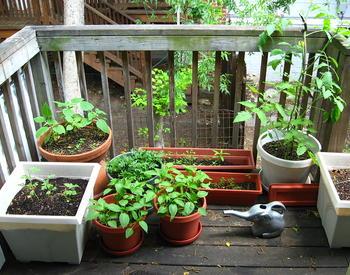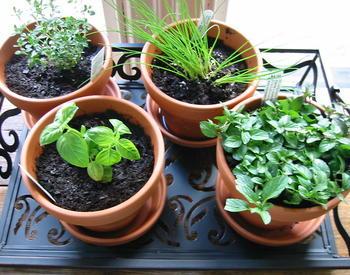Squash is a member of the Cucurbitaceae family, often called the “Cucurbits” for short. Like other members of the family — cucumbers, gourds, melons — squash plants like plenty of sunshine and nice warm soil.
While in many growing regions indoor seed-starting is unnecessary for squash, preplanting indoors will be beneficial in our short growing season. Following are a few tips that will help veggie gardeners with this summer favorite. There are many types of summer squashes to fit any size garden.
It’s all uphill
Squash benefits from being planted in a “mound” formation, with several seeds per mound. Alternatively, plant in a row that has been “hilled up” to be higher than the soil around it. This provides good drainage, keeping developing roots from staying too wet in the spring. Allow lots of space for varieties that ramble, or use compact varieties for small gardens.
Keep the leaves dry and whole
Water directly to the root zone of the plant, avoiding splashing leaves whenever possible. Several of the diseases most problematic for squash need free moisture on the leaves to establish on the plant. Delivering water directly to the root system prevents conditions that promote disease. The same is true for breakage of stems or leaves, which provide easy access for insects.
Blossom-end rot happens
Most common in tomatoes, blossom-end rot also occurs in squash in areas with calcium-poor soils and big differences between day and night temperatures.
That big temperature differential creates a situation where it is difficult for the plant to move calcium around, even when calcium is available in the soil.
Blossom-end rot is recognizable by the shriveled, blackened ends of the fruit. Some ways to address it are to keep the plants warmer at night, watering earlier rather than later in the day, and keeping the soil evenly moist rather than letting it dry out completely between watering.
Squash has male and female flowers
Fruit will only develop from female flowers, and pollen must be moved from a male flower to a female flower (pollination) in order for a squash fruit to develop. Female flowers are distinguished by the swollen ovary, which later develops into the part of the plant that we eat.
Some gardeners seek to ensure higher fruit set by pollinating squash flowers themselves, using a variety of techniques. Squash flowers are also edible.
Look out for aphids and whitefly
Some common diseases of squash plants are viruses, which can be carried on seed and for which there is no treatment. Many squash virus diseases are transmitted by aphids (also by whitefly, but less commonly so in our area).
Aphids and whitefly are likely to be lurking on the undersides of leaves, where they can build up large, damaging populations, going unnoticed until significant damage has been done. Check leaf undersides regularly, and spray aphids with soapy water as soon as they are noticed on plants. Full coverage of the insect with soapy solution is needed for it to be effective.
Kept warm, evenly watered, and free of pesky aphids, squash plants are likely to thrive in home gardens. Squash tastes best when harvested small. Fruit left to grow too large with have a pithier texture with tougher seeds. Once plants go into production, daily checking will be needed to keep fruits from getting too large before harvest.
Squash can be eaten in a wide variety of dishes, but typically doesn’t maintain its best quality frozen or canned. Find squash, and lots of other healthy vegetable transplants, at the Master Gardeners’ annual plant sale.
